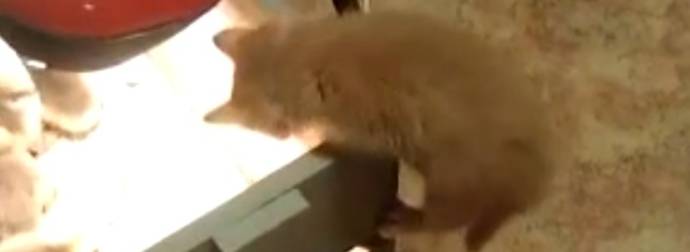Garden gnomes may seem cute and harmless, but these overused lawn decorations have a disturbing past.
Before the Travelocity gnome, before the less than heralded 2011 movie, Gnomeo and Juliet, and before they were a cliché lawn ornaments for grandparents trying very hard to be grandparents, lawn gnomes used to be real people. They were hermits that were paid by aristocrats to live in their gardens.
This strange occupation (which was borderline slavery) required that a singular man live in a hut in the garden of a rich family’s mansion. His focus was not his own life or personal hygiene, but basically to pretend to be a druid for the entertainment of guests. Eventually, this tradition transformed into the quirky lawn gnome decor that we have today.
The earliest known instance of a live-in-hermit was in the 2nd century. Roman emperor Hadrian had a little hut built for a loner outside his villa at Tivoli.
Pope Pius IV in the 16th century was inspired by Hadrian’s hermitage and built one for himself. He brought a certain isolated, monk-like religiousness to the trend.
By the 1700s the practice had spread to other parts Europe and became very fashionable in Georgian England. Aristocrats, desperate to impress, would construct shacks or huts on their manors for bearded weirdos to live in.
The occupation of hermit came with very rigorous guidelines. They were not to leave the yard, speak to anyone, bathe, shave or cut their hair unless commanded to throughout their seven year contract.
Sometimes the lords of the manor would take guests into the garden and ask that the hermit recite poetry or pour them wine.
The hermit was supposed to dress like a druid, but the idea of what a druid should wear was always up for interpretation. Some wore animal furs and cloaks, others wore dunce caps (similar to the hats worn by modern garden gnomes).
Those who could not afford, or did not want a live hermit on their property, got creative. They would design and decorate a hut in their garden to make it look like their hermit just left. Sometimes they would even put a mannequin designed to look like like a hermit in the hut instead.
This hermit mannequin trend eventually lead to the little clay garden gnomes that we know and love today.
The separation of socioeconomic classes is blatantly obvious when families are able to hire a man to be their unofficial garden slave. (Yikes.) But is it just me, or does the magical garden hermit-druid gig actually sound kind of fun? I feel like I could get used to living in the wilderness for a few years, pretending like I have magical powers and working on my neckbeard.
 share
share
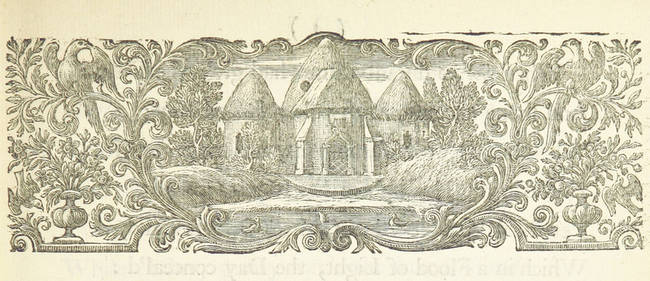 share
share
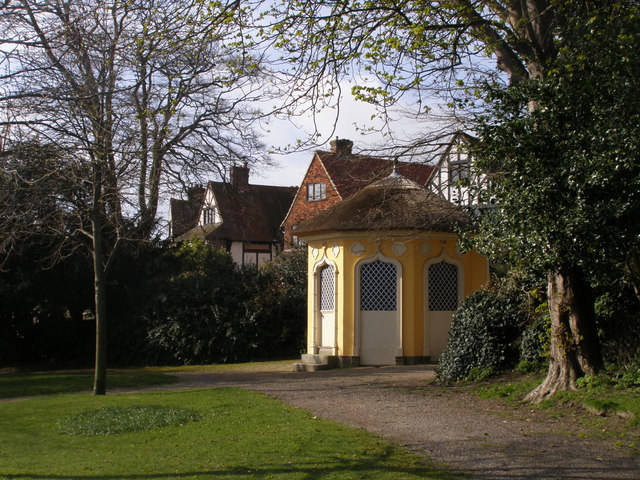 share
share
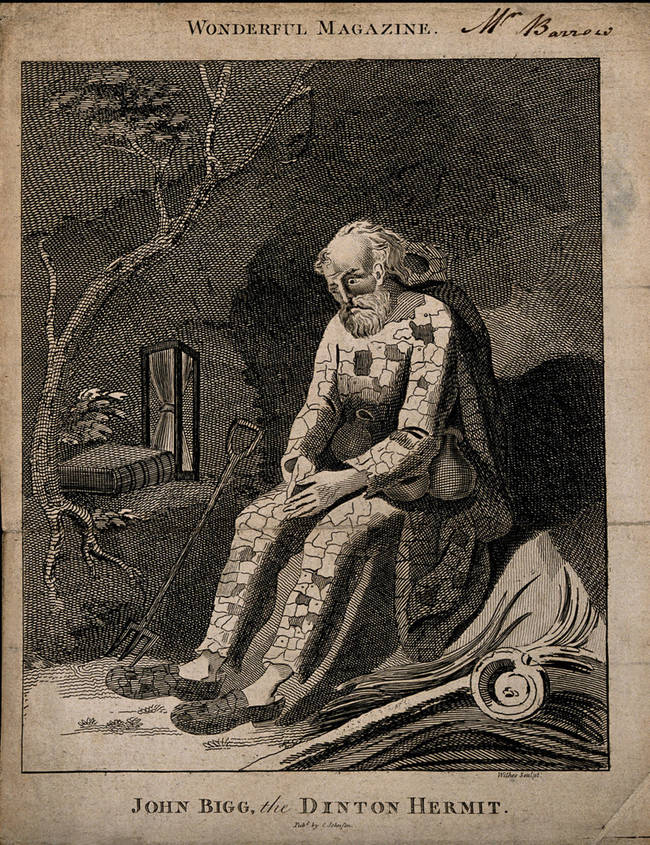 share
share
 share
share
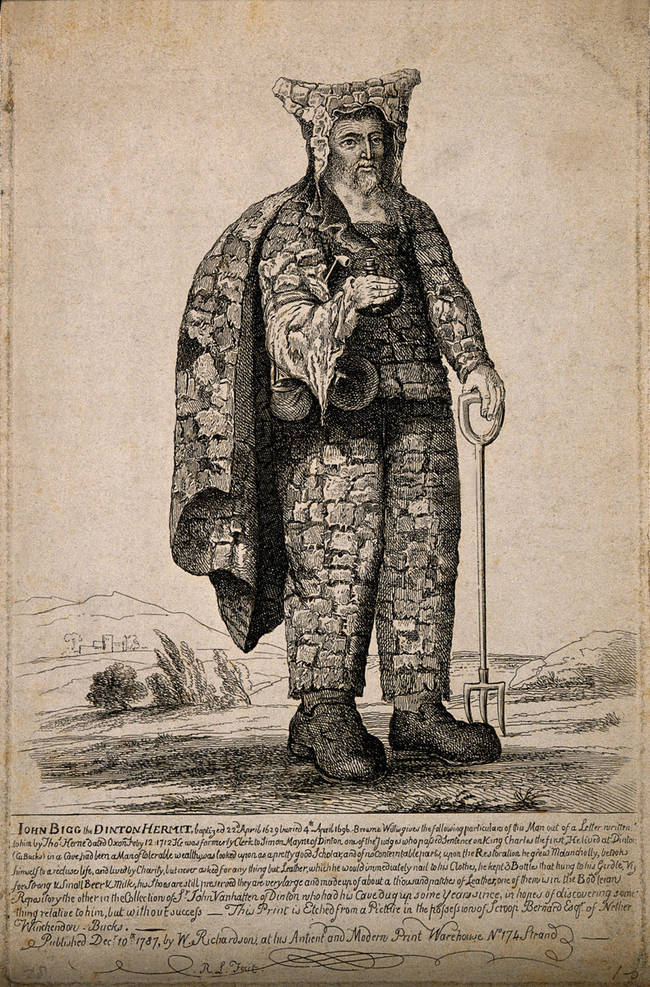 share
share
 share
share
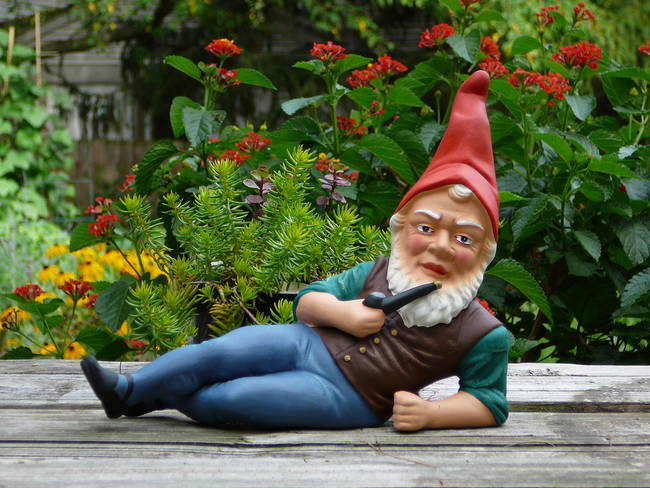 share
share

